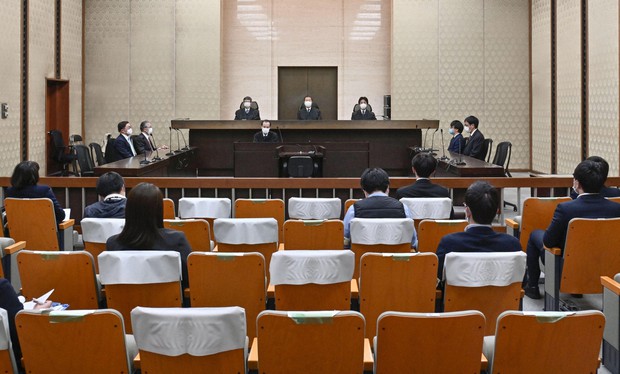Tokyo, 4 February, /AJMEDIA/
A Japanese court on Thursday became the second to rule that the vote weight disparity in last year’s general election was “in a state of unconstitutionality,” but it also stopped short of nullifying the outcome as sought by plaintiffs.
The ruling by the Osaka High Court was the third to be handed down in a slew of lawsuits filed at 14 high courts and their branches nationwide over the 2.08-fold disparity in the weight of votes between the most and least populated single-seat constituencies in October’s House of Representatives election.
The Takamatsu High Court made a similar ruling Tuesday, while the Tokyo High Court dismissed the case Wednesday after concluding the election was constitutional. High court rulings will be completed by March 9, after which the Supreme Court is expected to make a unified decision.
So far, the top court has found vote weight disparities above 2.0 to be constitutionally problematic, but it has never nullified an election result. It decided in December 2018 that the vote weight disparity in the previous lower house election in 2017 was constitutional.
Vote disparity levels were above 2.0 in 29 constituencies in the 2021 election, widening from 1.98-fold in 2017, when electoral districts were rezoned.
Despite the two elections following the same zoning, Presiding Judge Teruyoshi Ota said a change in population had “resulted in a situation that violates the Constitution’s requirement for equality in the weight of votes” and should be corrected.
But he concluded that the current zoning did not violate the Constitution and it “would have been virtually impossible to correct (the disparity)” as the extent was only learned around four months before the last election when preliminary census figures were released.
According to government data, the highest disparity in the weight of votes based on the number of eligible voters as of Oct. 31 was 2.08-fold between Tottori Prefecture’s No. 1 constituency in western Japan with 230,959 voters and Tokyo’s No. 13 district with 480,247 voters.
Among the six prefectures in the Kinki region of western Japan, the largest disparity with Tottori Prefecture’s No. 1 constituency was Hyogo’s No. 6 district at 2.01.

